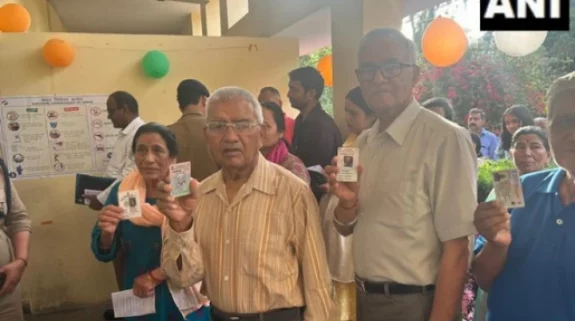The number of senior citizens or elders is increasing in India. The share is expected to go up from 8.6 per cent in 2011 to 15.9 per cent in 2041. This will pose huge challenge for policy making at social and economic levels, a study by the State Bank of India said.
The study—Ecowrap—noted that unlike other developed countries that have comprehensive social security schemes, India is fiscally constrained to provide a comprehensive social security cover to its senior citizens though in the last seven years the Centre has made several initiatives to enhance social inclusiveness of its citizens at the lower income strata.
One of key components of financial savings of households in India is small savings, the rates of which are administratively determined.
The report said that post-office savings deposits are negatively correlated to per capita income while bank deposits are positively correlated with per capita income. This indicates that poor people are more reliant on post-offices for their savings and when the income increases they shift to bank deposits first and not to financial products. The proportion of post-office deposits in Maharashtra and Delhi, where per capita income is very high, therefore is only 60 per cent.
In states with low per capita income like West Bengal, Uttar Pradesh, Rajasthan and Bihar, the elderly population of 60 years plus, has a clear preference to invest in post office saving deposits, the SBI report said.
Post the financial crisis in 2008, there has been a significant jump in preference for post office savings. This jump is maximum in low income states like West Bengal.




















